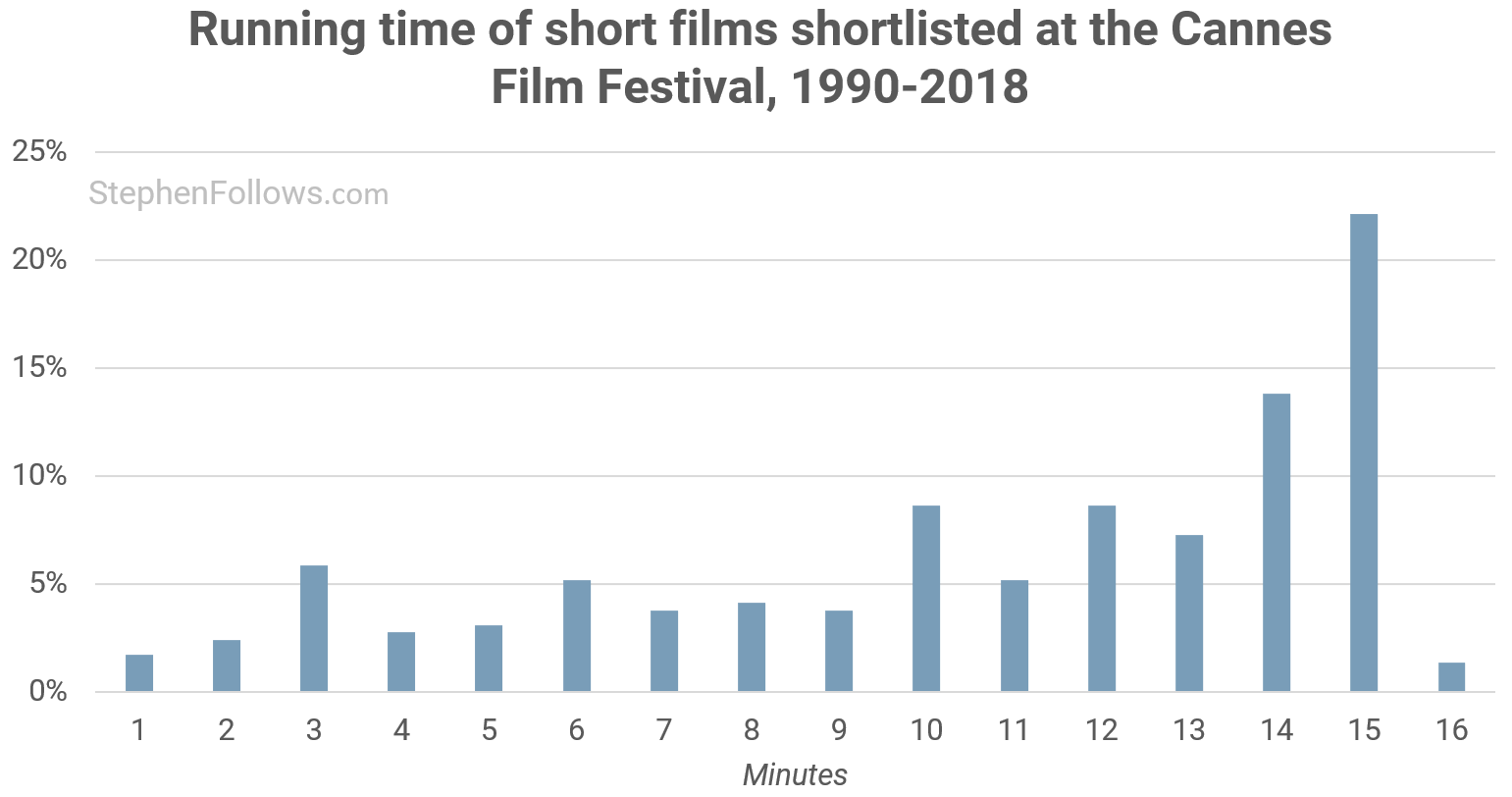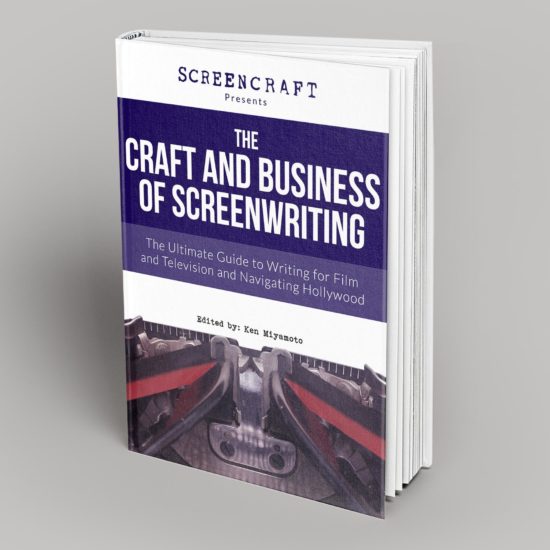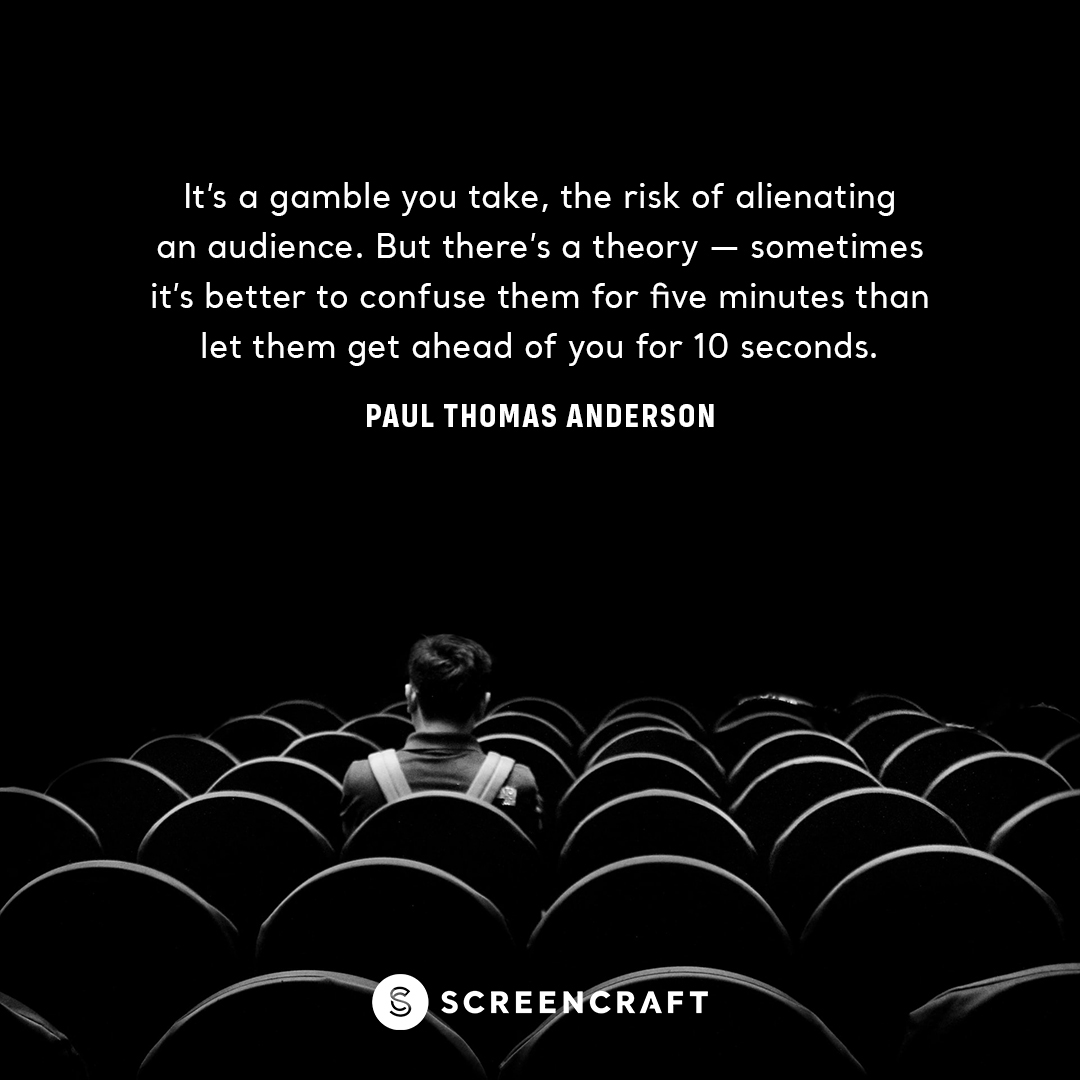5 Things Cannes-nominated Short Films Have in Common

As you may know, there's a deadline coming up for the 2018 Spring ScreenCraft Film Fund, backed by BondIt Media Capital, sponsored by MUBI (final deadline June 30th). The fund is the perfect way to turn your short script into a film worthy of any shorts festival. Even a shorts festival as prestigious as the Cannes Film Festival Shorts Programme which ended this past weekend. Cannes' Alice Kharoubi is one of the ScreenCraft film fund mentors. Before submitting a film to a festival, it always helps to take a look at the nominated films that have come before. What do all of these films have in common?
Before submitting a film to a festival, it always helps to take a look at the nominated films that have come before. What do all of these films have in common?
Thanks to Stephen Follows, who has graciously analyzed the nominated short films from the start of the Cannes Film Festival back in 1946 to today, we’re able to see what these films over the years have in common.
1. THERE’S A GREAT CHANCE TO WIN IF YOU GET NOMINATED
It’s first important to look at just how many short films get nominated for the Cannes Film Festival. Since its inception in 1946, there have been 1,211 short films in the running for Palm d’Or (the most prestigious award).
This seems like a lot but, as the graph below shows, there has been a decline in the number of short films short-listed over the years. That’s good news for you if you happen to get your short film into the festival. If you get short-listed at Cannes, your short film has got a 21% chance of going home with the coveted gold accolade.
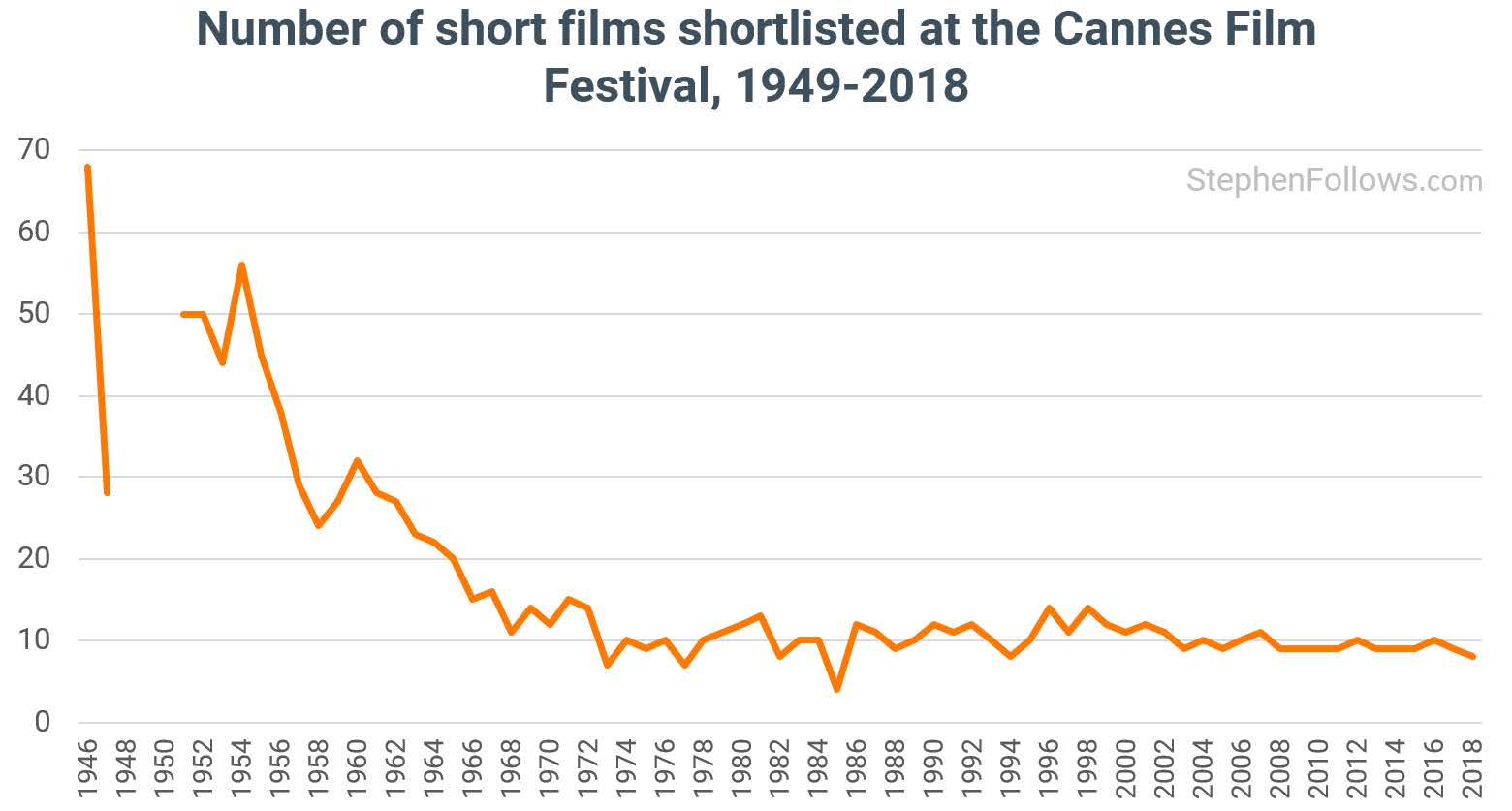 It should be noted that the Festival was not held in 1948 and 1950.
It should be noted that the Festival was not held in 1948 and 1950.
2. A SHORT FILM IS A PATHWAY TO AN AWARD
While the most ideal situation is to win the Short Film Palme d’Or, only one of those are given out per year. On average, 10 short films are nominated each year which might seem like you would only have a 10% chance of winning the golden prize. The fact is though, there’s actually a slew of smaller awards that have also been given out throughout the years.
Taking a look at the graph below, which shows the percentage of nominated films per year that are awarded a prize, you can see that, since 1990, the chances of winning an award are actually about 25%. As I’m sure you’re all aware, any award from such a prestigious film festival would be a boost to anyone’s career.
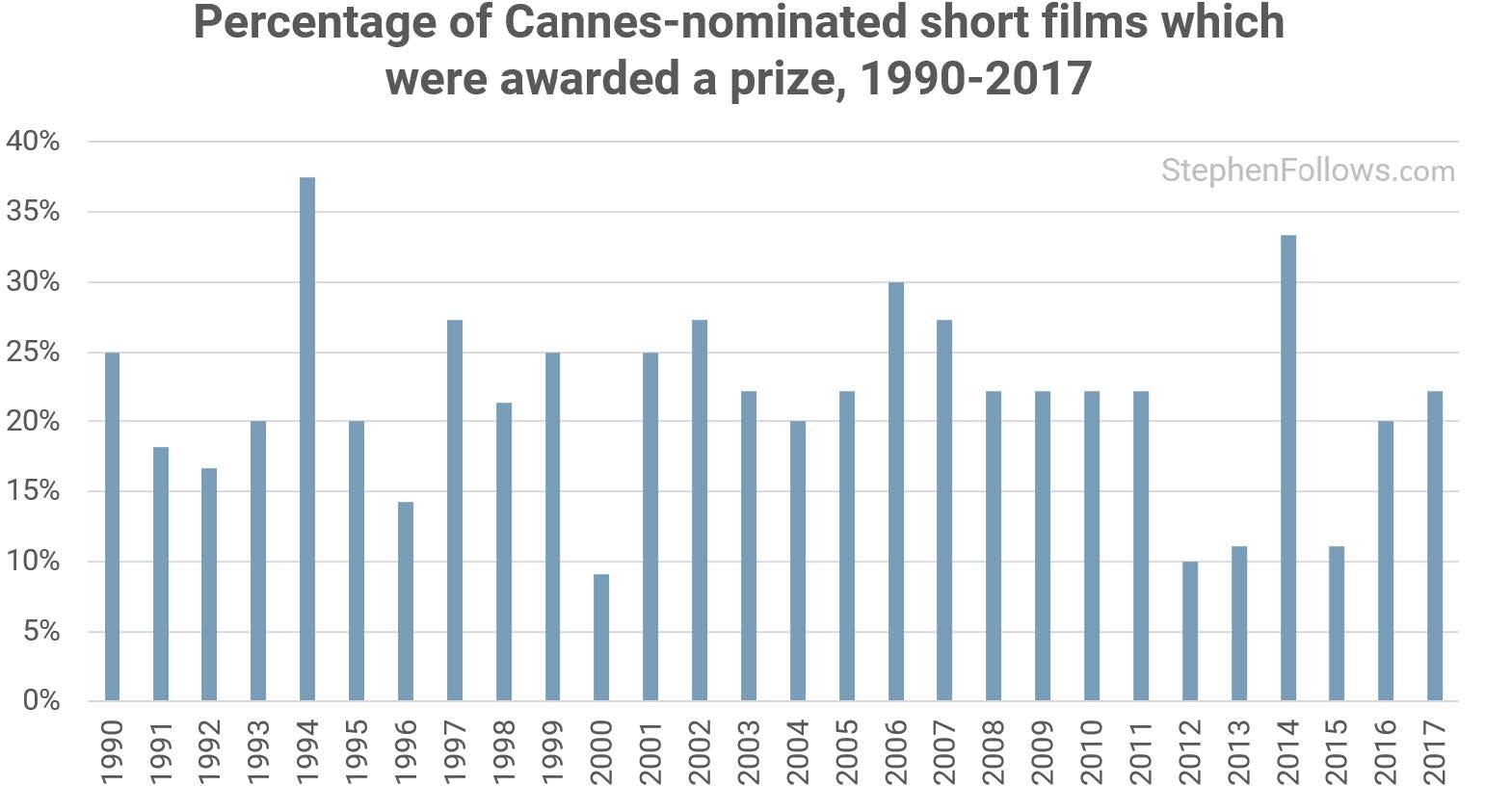
3. YOU DON’T HAVE TO BE FROM FRANCE
But it certainly helps.
Since the 40’s a majority of the films that have been accepted into the festival have been majorly from France (roughly 14%). What’s more interesting is that since the beginning of the festival, 47% of all of the short films that have been nominated, have come from just 7 countries.
As the graph shows, the United States comes in second at 8%, followed by the United Kingdom with 6%, Canada and Belgium at 5% and lastly, Italy and the Netherlands with 4%.
Taking a look at the continent breakdown shows just how much the Cannes Film Festival overwhelmingly favors European countries over the rest of the world but, as the data shows, it’s still possible to get your film into the festival if you’re not in Europe.
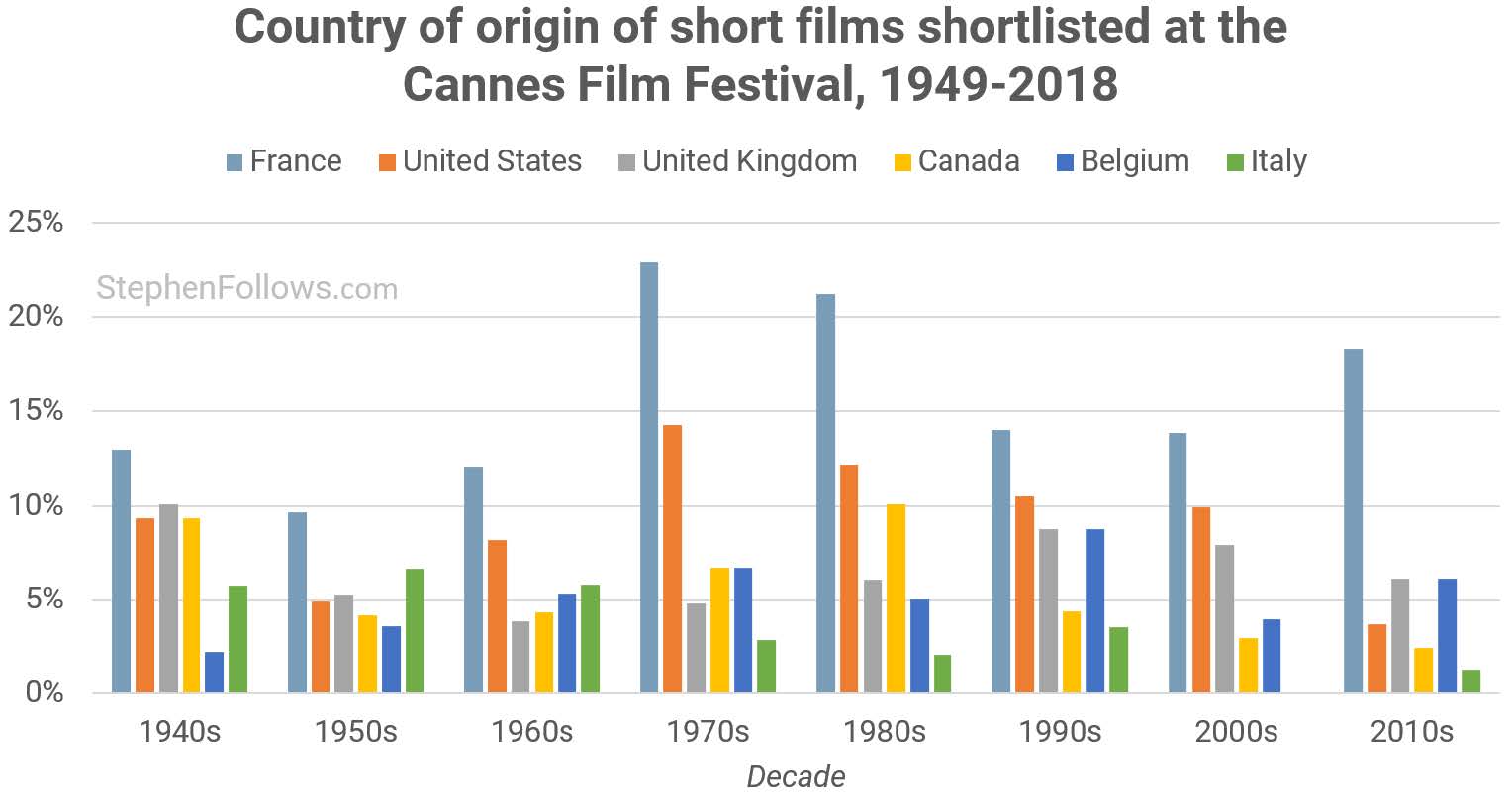
 4. TIME MATTERS
4. TIME MATTERS
In order to be eligible to enter the festival, your film has to have a maximum length of 15 minutes. So what’s the best length your film should have? Well, it seems as if most people tend to use up the maximum of time allotted for eligibility.
It should be noted that there is a small percentage of the short films nominated that are 16 minutes in length. Mr. Fellows added that he wasn’t sure of the anomaly but offered the hypothesis of a rule change that could have permitted those films to be nominated. Since 1990 only 4 films have been over 15 minutes.
 5. IT’S ALL ABOUT THE FILMMAKERS
5. IT’S ALL ABOUT THE FILMMAKERS
Taking a look at the filmmakers who submitted films that were nominated to the festival between 1990 and 2018, it’s interesting to see that 91.7% only had one director whereas 7.6% of the films submitted had two directors and only two films had more than two directors. During this period, of the 305 directors that were nominated, only 12 of those directors have been up for the award twice.
The most fascinating aspect of the filmmaker makeup are the breakdowns of women involved in the nominated films. The Cannes Short Film Festival, over the past 30 years, has seen 23% female directors, 25% of the writers and 40% of the producers have all been female.
I know a lot of this statistical analysis might seem like a lot of information, but it’s best to know your chances when submitting to a festival. It’s easy to find the commonalities in a festival. For this, Mr. Fellows used sources like IMDb, Wikipedia, and the official Cannes Festival archives.
While the accuracy might not be 100% (as Mr. Fellows pointed out in his article), the information will give you enough to make a few calculated decisions when choosing a festival or even when launching into a new short film script.
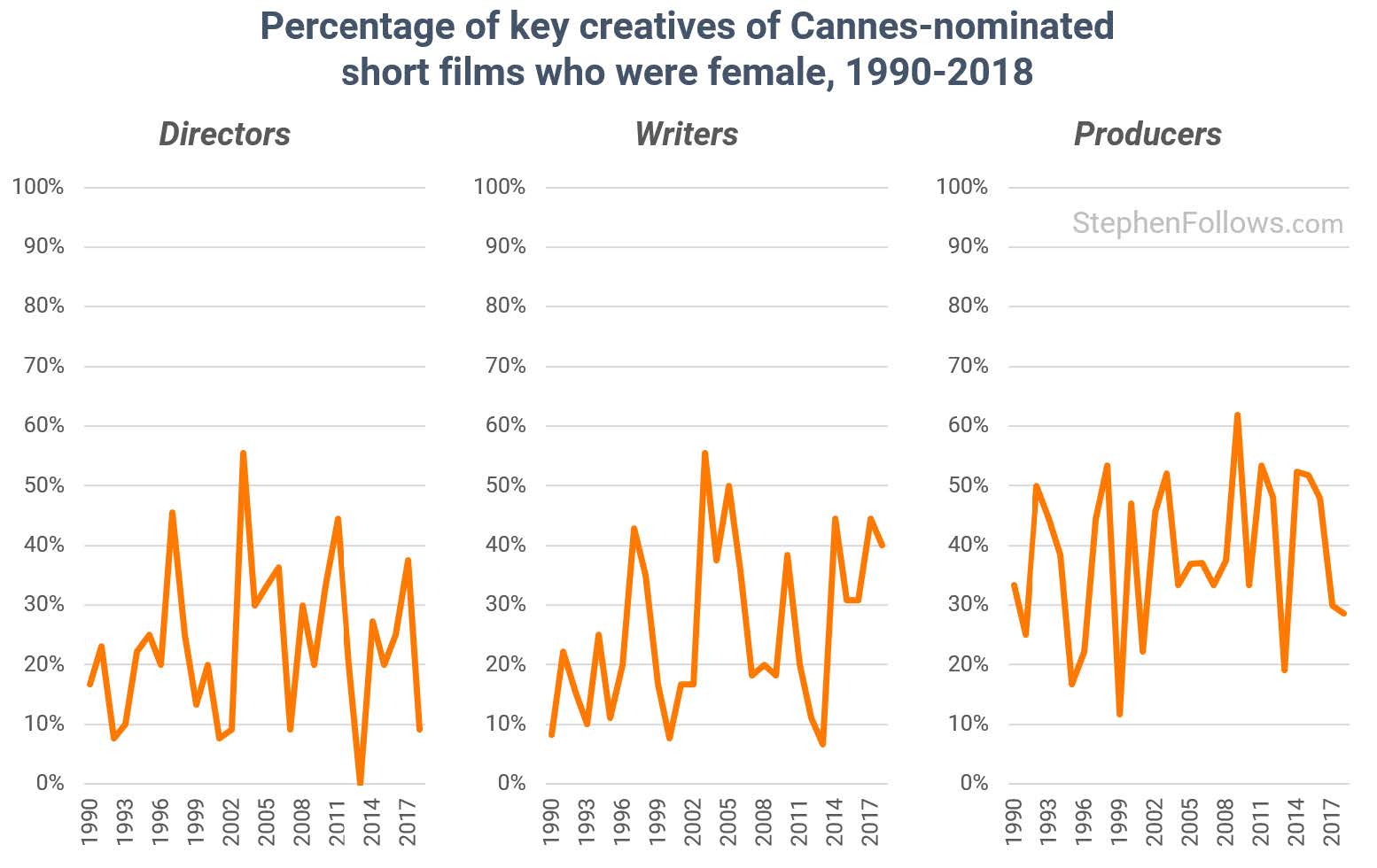
Manny Fonseca is an optioned screenwriter and author. With a master’s degree in screenwriting, he’s mainly worked in development during his time in Hollywood. He’s now a full-time writer. He’s currently working on his second book, which will be on the subjects of screenwriting and navigating Hollywood. His first book, Burst!, is the story of becoming a caregiver after his screenwriting partner suffered a ruptured aneurysm in her brain and nearly died.
SOURCE: stephenfollows.com
For all the latest ScreenCraft news and updates, follow us on Twitter, Instagram and Facebook!
Tags
Get Our Screenwriting Newsletter!
Get weekly writing inspiration delivered to your inbox - including industry news, popular articles, and more!

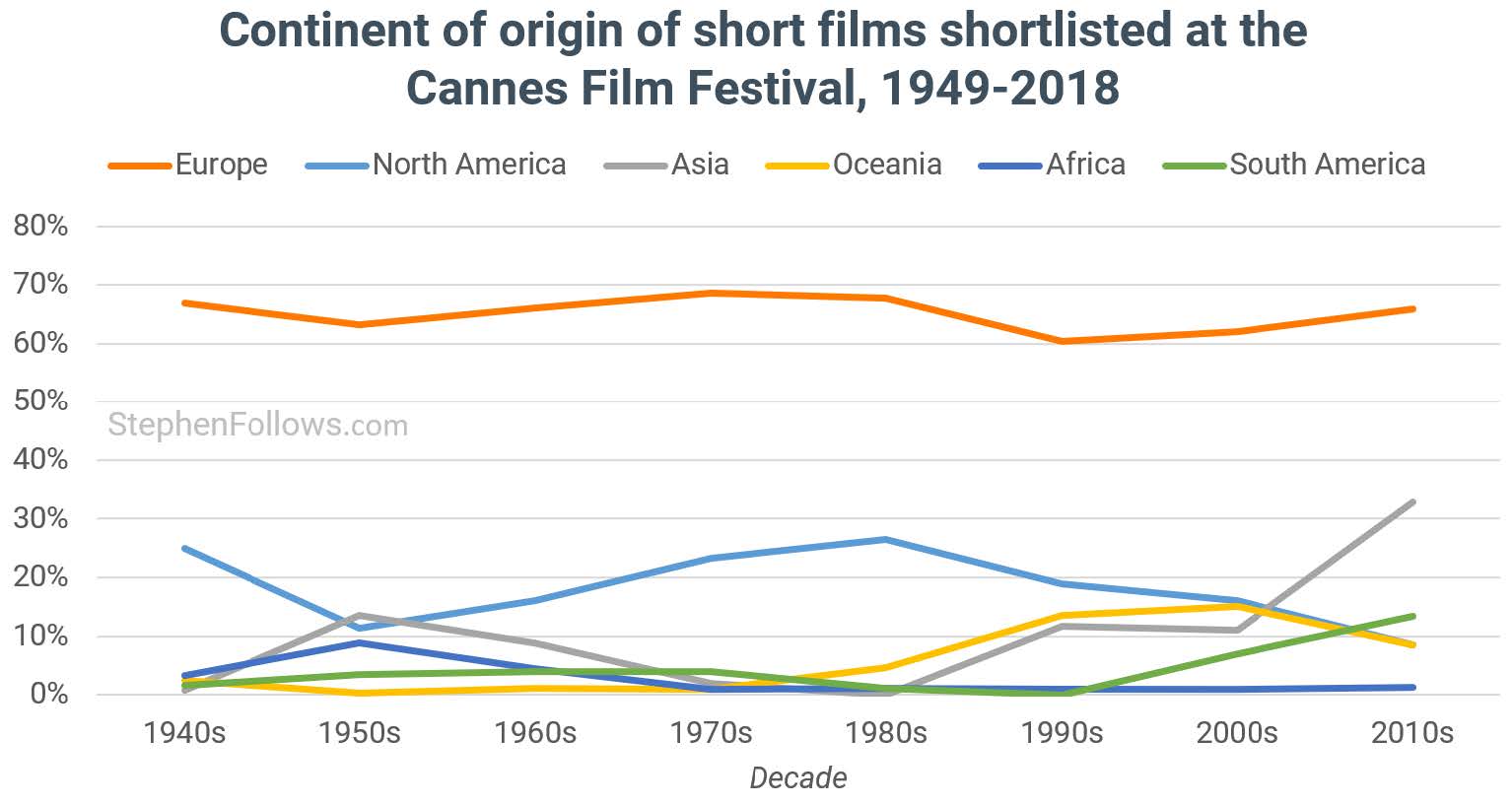 4. TIME MATTERS
4. TIME MATTERS